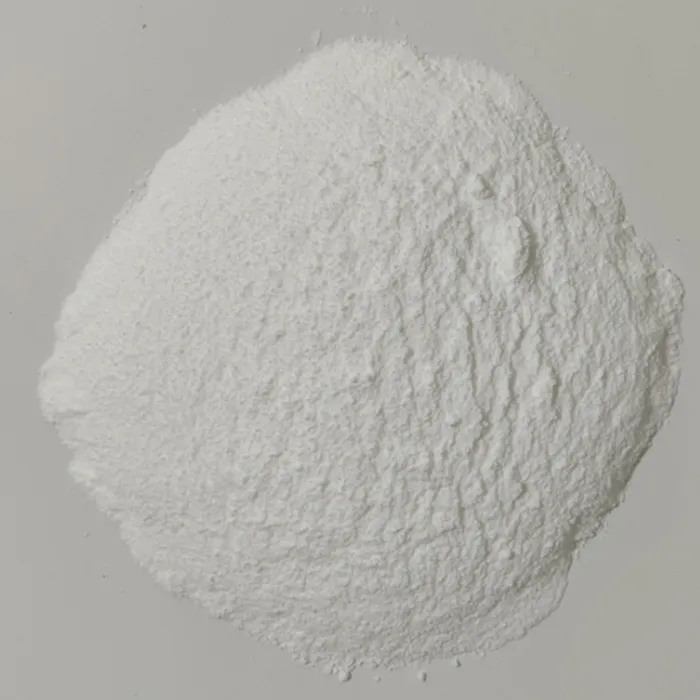The Significance of Methylurea in Chemistry and Industry
Methylurea, also known as N-methylurea, is an organic compound that serves various essential roles in chemistry and industry. Its molecular formula, CH₃N₂O, denotes its structure, which comprises a methyl group attached to a urea backbone. This compound is not only a subject of academic interest in fields like organic chemistry and biochemistry but also finds practical applications in agriculture and pharmaceuticals.
Chemical Properties and Synthesis
Methylurea is characterized by its relatively simple molecular structure. It is a colorless, crystalline solid that is soluble in water and various organic solvents. Methylurea can be synthesized through several methods, most commonly by the reaction of methylamine with carbon dioxide under specific conditions. This pathway highlights the compound's role as a derivative of biologically significant urea.
The compound possesses interesting chemical properties. Methylurea can participate in hydrogen bonding due to the presence of functional groups that can donate and accept protons. This ability to form hydrogen bonds significantly impacts its reactivity and solubility, making it useful in various chemical reactions, particularly in forming coordination complexes.
Applications in Agriculture
One of the most notable applications of methylurea lies in the agricultural sector. Methylurea is used as a slow-release nitrogen fertilizer. Nitrogen is a crucial nutrient that promotes plant growth, but conventional fertilizers can lead to environmental issues due to nitrogen leaching and runoff. Methylurea, being a slow-release formulation, minimizes these problems by gradually releasing nitrogen into the soil, thus improving nutrient uptake efficiency and reducing the risk of water pollution.
The use of methylurea as a fertilizer has proven to enhance crop yields while sustaining soil health. It enables farmers to optimize their input levels, reducing the frequency of application and minimizing costs. Additionally, the gradual release of nitrogen contributes to a more stable environment for microbial populations in the soil, which are essential for nutrient cycling and soil structure.
methylurea

Role in Pharmaceuticals
Beyond agriculture, methylurea is also significant in the pharmaceutical industry. It serves as an intermediate in the synthesis of various drugs, including those used to treat diabetes and cancer. Its reactive properties allow it to be transformed into more complex structures through substitution reactions, paving the way for the development of innovative medications.
Moreover, some studies have indicated that methylurea derivatives may exhibit antimicrobial and antiviral activities, making them potential candidates for new therapeutic agents. The exploration of such properties underscores the necessity for continuous research and development on methylurea and its derivatives.
Environmental Considerations
While methylurea has many benefits, it is crucial to consider its environmental impact. As with any chemical compound, proper management and application are essential to prevent any adverse effects on ecosystems. Research continues into optimizing its use in agriculture to ensure minimal ecological disturbance.
Conclusion
Methylurea is a compound of significant importance in both chemical research and practical applications. From its role as a sustainable fertilizer to its potential in pharmaceutical development, methylurea exhibits a versatility that warrants continued exploration. As we strive for greener practices in agriculture and innovative solutions in healthcare, methylurea stands out as a compound that bridges multiple disciplines, demonstrating the intricate connections between chemistry, industry, and environmental stewardship. Thus, the ongoing study and application of methylurea are not only relevant but essential for advancing both science and sustainability.

